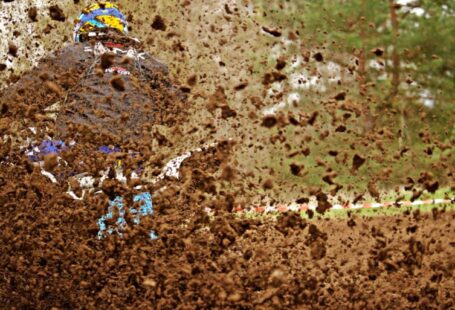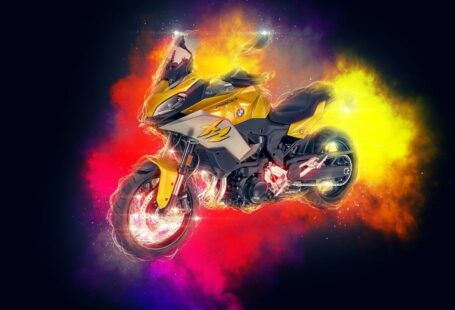Next Chapter >
Crystal Palace, less than four miles from the West End of London, is one of the oldest venues used for racing in the world, and the first place from which live televised motor-racing was ever broadcast. Ad hoc motor races were first held on ‘London’s Own Circuit’ in 1899, and a permanent circuit constructed in 1927 – it was then the venue for the London Grand Prix prior to WWII and had a glory period between 1953 and 1972 as the venue for legendary sportscar, touring car, single-seater and motorbike showdowns.
Most of the great drivers took a turn around the London parkland at some time during their careers, including Stirling Moss, Jim Clark, Graham Hill, Jackie Ickx, James Hunt, Jochen Rindt – and even a certain Bernard Charles Ecclestone. My father was lucky enough to live in a house backing right on to the track in his late teens and saw many races there – and luckily had his camera with him! Here’s Graham Hill waving to the crowd after another F2 win.
There are very few places around the world where you can get on a train from the centre of a capital city and be at a permanent, world-class racing circuit within 15 minutes. Nowadays it’s virtually unheard of, temporary street tracks aside, but there was a time when the racing tracks came to town rather than the other way round. Barcelona’s Circuit De Catalunya in Spain might be one of the only nearest modern equivalents, and it has even more parallels with Crystal Palace in the shape of its old hill-top Montjüic circuit in the town itself.
The Crystal Palace building which gave this area of Sydenham in South London its name was a masterpiece of Victorian engineering: a breath-taking edifice, 2, 000-foot long with 990, 000 square-foot of floor-space, a cast-iron and plate-glass exhibition hall built in 1851 for the Great Exhibition.
It was originally in Hyde Park, but then moved to Sydenham in 1854 when the exhibition was over – and rebuilt even larger! The terracing that overlooks the track is the what the enormous structure sat on. The whole area sits on a ridge overlooking central London, and is now home to a pair of huge transmission towers.
For its first decade of use from 1927 the track was typical for the time: tarmac on the bends, but just hard-packed gravel on the straights. A popular motorcycle speedway on the layout’s interior attracted crowds of up to 70, 000 in the 1920s and also hosted car races – the modern athletics stadium sits on top of where the speedway was.
In 1935, plans were laid down for a fully-tarred course of two miles in length, using the original twisting layout around the park’s pathways, and two years later work began – just three days after a huge fire that destroyed the Palace itself. It was described as a miniature Nürburgring at the time, and even the Silver Arrows drove the track: a 645bhp Mercedes Benz W125 was demonstrated in 1937. This period was short-lived though: with war breaking out in 1939 racing around the country ended and the area was requisitioned by the military.
When racing in the UK coughed back into life in the 1950s, Crystal Palace once again reverberated to the sound of engines. However, a much-shortened, 1.39 mile layout was chosen, utilising just the outer perimeter of the original circuit. The first race in 1953 attracted 40, 000 spectators – and so racing was back on the menu for another twenty years.
The only major change happened in 1960, when the new national athletics complex and stadium were built: the start-line was moved to the top Terrace Straight, and the writing was on the wall that motor-racing at Crystal Palace was being challenged. Meetings continued to attract huge crowds: one year 100, 000 fans turned out to watch a non-championship F1 race!
The final international meeting took place in 1972, a Formula 2 race with Surtees, Lauda, Watson and Hill all on the grid. Small club events continued to take place every so often, but cars were becoming too fast for the track’s rudimentary safety provisions and the Greater London Council announced the closure of the track at the end of the year.
So, that seemed to be it for this historic venue, until in 1997 the Sevenoaks And District Motor Club somehow managed to persuade the council to allow them to hold a sprint around the sections of the track around North Tower – for four glorious years the event was held, until without warning the council decided to cancel the event and repave the majority of the track, halving their width and turning them back into pathways. It’s sickening to think of the pointless destruction of the original roads. The SADMC didn’t give up though, and since 2010 they have once again managed to bring racing back to the Palace.



